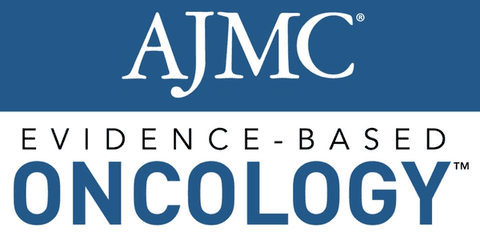Article
Study Links Presence of Oral Bacteria in Pancreas to Severity of Tumors
Author(s):
Finding a less invasive way of determing if pancreatic cysts are likely to become cancerous would be good for patients and less taxing on the healthcare system.
Scientists in Sweden have identified a biomarker that may allow for earlier detection of aggressive tumors likely to develop into pancreatic cancer, a devastating disease that is hard to treat in part because it often goes undetected until later stages.
Reporting in the BMJ journal Gut, a team from the Karolinska Institutet has found a connection between the presence of oral bacteria in cystic pancreatic tumors and tumor severity, which could someday allow clinicians to properly diagnose and treat pancreatic cancer.
Right now, when pancreatic cysts are found, the only way to catch the few that are cancerous is through surgery, which is hard on the patient and costly to the healthcare system. This study has revealed a less invasive way to detect those tumors likely to become cancerous: by detecting whether the tumor carries oral bacteria.
“We find most bacteria at the stage where the cysts are starting to show signs of cancer,” Margaret Sällberg Chen, senior lecturer at the Department of Dental Medicine, Karolinska Institutet, said in a statement. “What we hope is that this can be used as a biomarker for the early identification of the cancerous cysts that need to be surgically removed to cure cancer, this will in turn also reduce the amount of unnecessary surgery of [benign] tumors. But first, studies will be needed to corroborate our findings.”
According to the abstract, researchers collected cyst fluid and plasma during pancreatic surgery from 105 patients who were suspected to have a pancreatic neoplasm. Of these, 35 samples with high amounts of bacterial DNA were sent for sequencing, and interleukin-1β quantification was performed. Data were correlated to diagnosis, lesion severity, and clinical and laboratory profile, including the history of whether the patient had an endoscopy, a procedure that involves the insertion of a flexible tube into the mouth to examine and treat pancreatic conditions. This could lead to the possible transfer of oral bacteria into the pancreas.
They found large variations in the bacterial composition between different individuals, but also a greater presence of certain oral bacteria in fluid and tissue from cysts with high-grade dysplasia and cancer.
“We were surprised to find oral bacteria in the pancreas, but it wasn't totally unexpected,” said Sällberg Chen. “The bacteria we identified has already been shown in an earlier, smaller study to be higher in the saliva of patients with pancreatic cancer.”
The results can help to reappraise the role of bacteria in the development of pancreatic cysts, she noted. If further studies show that the bacteria actually interferes with the pathological process, it could lead to new therapeutic strategies using antibacterial agents.
The researchers also studied different factors that could conceivably affect the amount of bacterial DNA in the tumor fluid. They found that the presence of bacterial DNA was higher in patients who had undergone endoscopy, but not enough to account to for the levels of difference seen.
“Collectively, these findings warrant further investigation into the role of oral bacteria in cystic precursors to pancreatic cancer and have added values on the aetiopathology as well as the management of pancreatic cysts,” the authors concluded.
“The results were not completely unequivocal, so the endoscopy can't be the whole answer to why the bacteria is there,” Sällberg Chen continued. “But maybe we can reduce the risk of transferring oral bacteria to the pancreas by rinsing the mouth with an antibacterial agent and ensuring good oral hygiene prior to examination. That would be an interesting clinical study.”
Reference
Gaiser RA, Halimi A, Alkharaan H, et al. Enrichment of oral microbiota in early cystic precursors to invasive pancreatic cancer [published online March 14, 2019]. Gut. doi: 10.1136/gutjnl-2018-317458.




